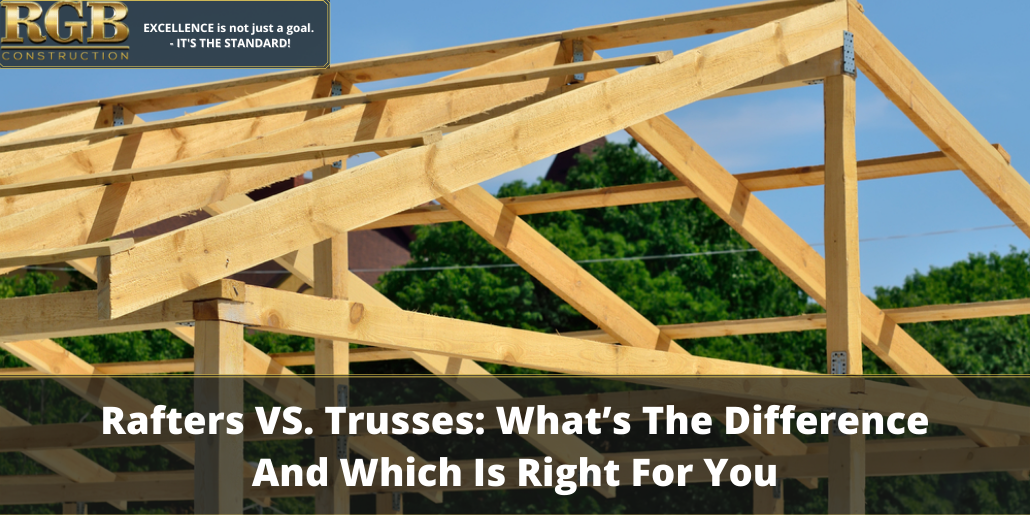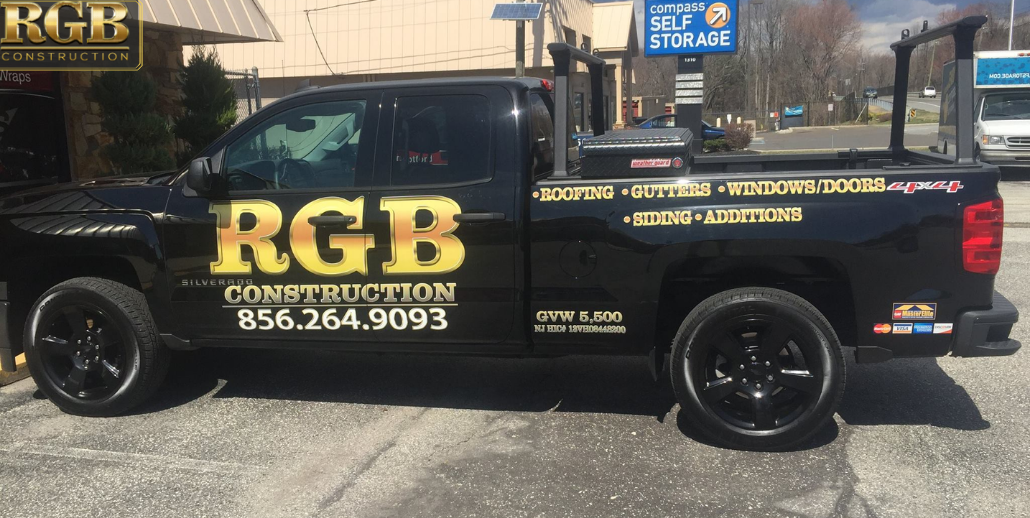When you are ready to frame the roof of your home, you have two choices: rafters or trusses. While they both serve the same purpose and look similar, these options are very different. Rafters will give you more attic space, but trusses have a lower price point. If you want to know the difference between trusses and rafters, here are a few things to consider.
What Are Rafters And Trusses?
Before choosing between these options, you will need to know more about them. Rafters have long wooden boards that are used for roof framing. Some contractors might even refer to this process as stick framing. The roofers cut these rafters into 2×12 or 2×10 beams. From the peak, the beams will slope down. The exterior walls and rafters are secured with ceiling joists attached to a ridge board or beam near the center of the roof. That board gives all of the rafters more support.
There is a difference between a ridge board and a beam. These boards and beams require different rafter sizes, and they are used for various purposes. A ridge beam is an essential structural piece, and it is often required if you have a roof slope of less than 3/12. These beams provide your rafters with more stability than a ridge board. Plus, they will add more years to your rafters’ longevity. You will see ridge beams in homes with vaulted ceilings. However, some contractors use ridge beams for homes that need more attic space.
On the other hand, ridge boards are non-structural boards. These thin boards are not designed to carry heavy loads like a ridge beam. Instead, the boards are used as a connecting point for the joists. They also help space the rafters and transfer some weight between the external walls and joists. You can use a ridge board for roof slopes between 3/12 and 12/12. These boards will need collar ties to alleviate pressure, preventing a collapse of the walls.
Now that you know a few basics of rafters, let’s look at roof trusses. Trusses are similar to rafters by giving support to your roof. However, these components have a different structure. In many cases, trusses are created with lightweight prefabricated wood. Trusses are made in factories and delivered to job sites. They have chords at the top and bottom with a webbing, distributing a broader load to the exterior walls. There are many types of trusses with webbing posts in different patterns. The most popular roof truss is known as the King Post. This truss has a lower cost and requires fewer materials.
The Pros And Cons Of Rafters And Trusses
There are many advantages and disadvantages between these two roofing options. With a rafter, you do have more attic space. That is an excellent option if you want to convert your attic into a living area. You will have enough room for a main bedroom or large loft. Every roof needs the proper insulation. With more space between the rafters and drywall, this option makes it easier to insulate those areas. Plus, you don’t have to worry about extended lead time. Rafters are made at the project site. There is less planning and work involved with them when compared to trusses.
Rafters do have a few downsides. While there is less time involved to build and install them, the cost of labor is higher than a roof truss system. Along with that, the wood can be expensive too. As you already know, rafters are built at the project’s site, but constructing them can be time-consuming, often taking up a week to finish. If you want rafters for your roof, you need to contact a professional contractor. There are not many roofers who have the experience to install your rafters. You can find a few roofing companies in Delaware that can handle this job. Don’t think about making this a DIY project. Rafter installation should only be done by a professional.
Like rafters, there are plenty of pros and cons to trusses. When you use roof trusses, they are created in a controlled environment. That means you will receive a customized and high-quality product for your roof. These trusses are easier to plan and design. Plus, all of the completed trusses will be delivered to your site. After the delivery, it only requires a few days to install them. Due to the webbing, you have a load-bearing option that can support the whole weight of the roof.
Trusses have a couple of disadvantages. When you install roof trusses, you will eliminate some space. The webbing of the truss doesn’t give you an option to add a living area to the attic. Once you have installed the trusses, you cannot adjust anything in that space. If you modify the truss, it can affect the structural integrity and lifespan of the whole roofing structure.
Choosing The Right Option
Rafters and trusses might seem similar, but they have different qualities and serve unique purposes. Rafters provide a more classic appearance to your home. However, you need an experienced roofer, adding to the project’s costs. Trusses do give your roof more support with the webbing, and they are custom-made in a factory. With this option, you will not be able to make any changes once they are installed.
Before you make a decision, think about your needs. If you are planning to use the attic for extra space, then rafters are an exceptional choice. For those who want stronger support, it might be time to look at those roof trusses. With that in mind, you can make the right decision for your home.
Searching For Roofing Companies In Delaware?
If you want a roofing contractor who strives for high-quality work, reach out to RGB Construction. All of our roofing technicians have the skills, knowledge, and expertise to help with your next project. Whether you want to install rafters or trusses, our team can find the best option for you. Schedule a consultation by calling 856-264-9093.








